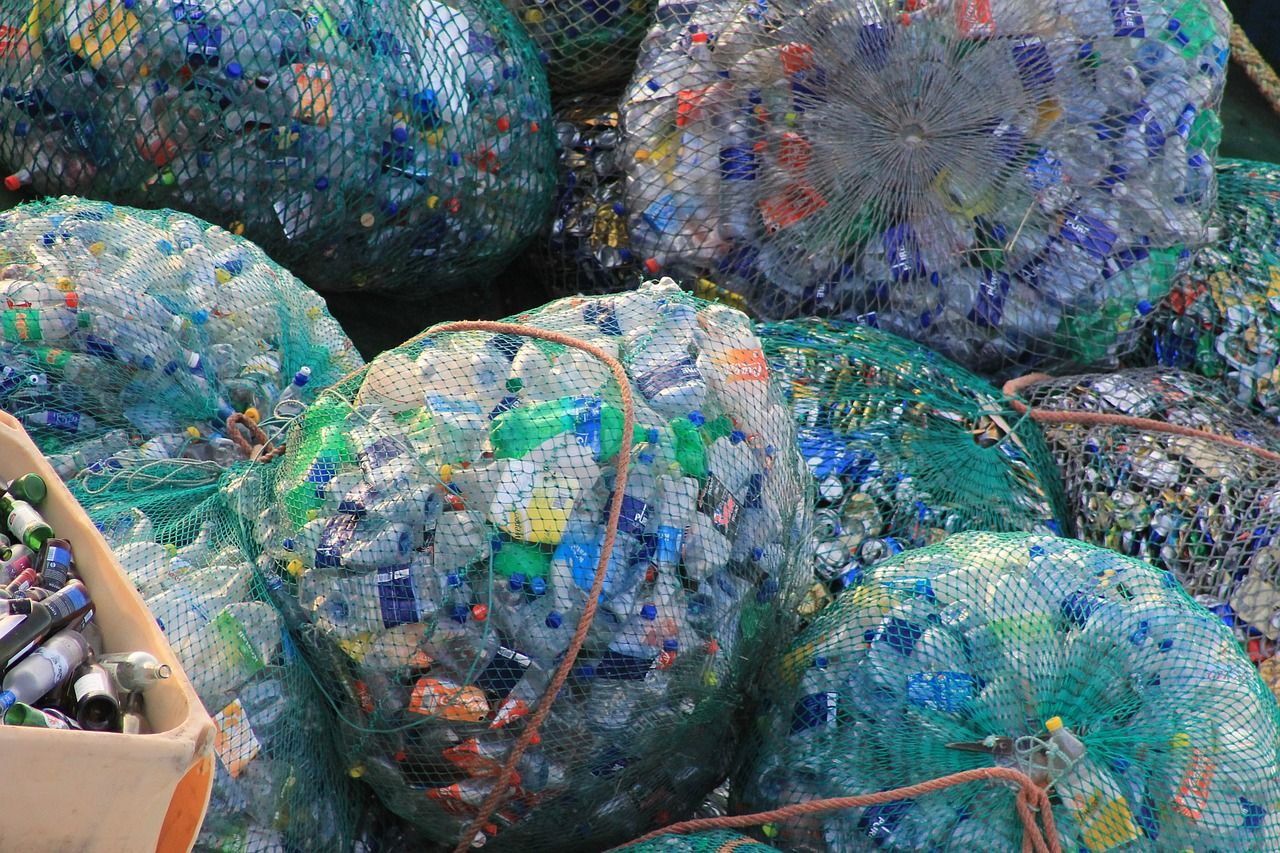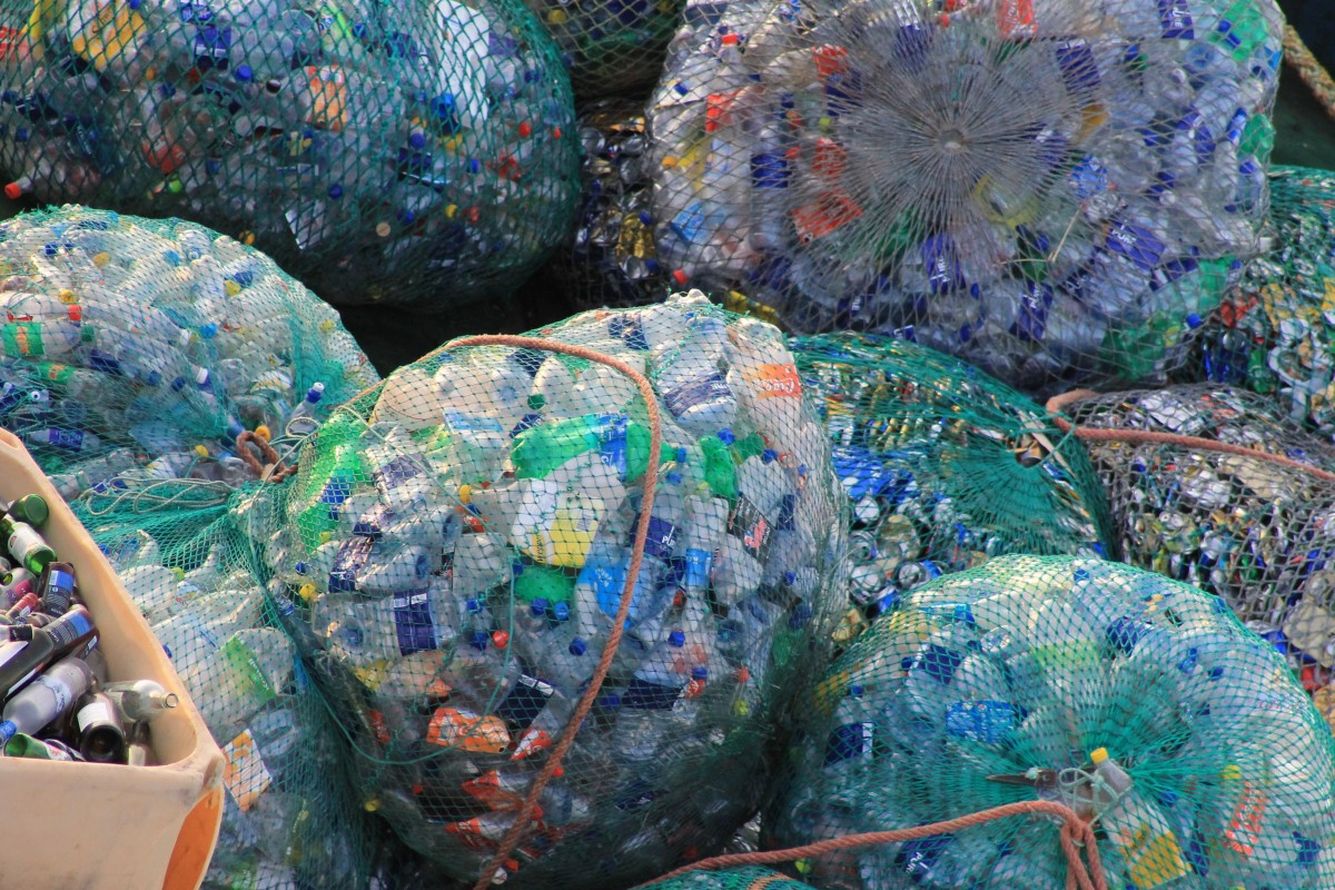What is digital sufficiency?
Digital consumption doubles every 5 years. This is due in particular to the growing number of digital devices and their increased use. This consumption also has an increasing impact on the environment. Digital sufficiency refers to finding the right balance for the use of digital technology in relation to the planet and its inhabitants. Fabrice Flipo, a researcher at Institut Mines-Télécom Business School and the author of the book “L’impératif de la sobriété numérique” (The Imperative of Digital Sufficiency) explains the issues relating to this sufficiency.
What observation is the concept of digital sufficiency based on?
Fabrice Flipo: On the observation of our increasing consumption of digital technology and its impacts on the environment, especially in terms of greenhouse gases. This impact is due to the growing use of digital tools and their manufacturing. Materials for digital tools depend on their extraction, which relies primarily on fossil fuels, and therefore carbon. The use of these tools is also increasingly energy-intensive.
The goal is to include digital technology in discussions currently underway in other sectors, such as energy or transportation. Until recently, digital technology has been left out of these debates. This is the end of the digital exception.
How can we calculate the environmental impacts of digital technology?
FF: The government’s roadmap for digital technology primarily addresses the manufacturing of digital tools, which it indicates accounts for 75% of its impacts. According to this roadmap, the solution is to extend the lifespan of digital tools and combat planned obsolescence. But that’s not enough, especially since digital devices have proliferated in all infrastructure and their use is increasingly costly in energy. The amount of data consumed doubles every 5 years or so and the carbon footprint of the industry has doubled in 15 years.
It’s hard to compare figures about digital technology because they don’t all measure the same thing. For example, what should we count in order to measure internet consumption? The number of devices, the number of individual uses, the type of uses? So standardization work is needed.
A device such as a smartphone is used for many purposes. Consumption estimations are averages based on typical use scenarios. Another standardization issue is making indicators understandable for everyone. For example, what measurements should be taken into account to evaluate environmental impact?
What are the main energy-intensive uses of digital technology?
FF: Today, video is one of the uses that consumes the most energy. What matters is the size of the files and their being transmitted in computers and networks. Every time they are transmitted, energy is consumed. Video, especially high-resolution video, commands pixels to be switched on up to 60 times per second. The size of the files makes their transmission and processing very energy-intensive. This is the case for artificial intelligent programs that process images and video as well. Autonomous vehicles are also likely to use a lot of energy in the future, since they involve huge amounts of information.
What are the mechanisms underlying the growth of digital technology?
FF: Big companies are investing heavily in this area. They use traditional marketing strategies: target an audience that is particularly receptive to arguments and able to pay, then gradually expand this audience and find new market opportunities. The widespread use of a device and a practice leads to a gradual phasing out of alternative physical methods. When digital technology starts to take hold in a certain area, it often ends up becoming a necessary part of our everyday lives, and is then hard to avoid. This is referred to as the “lock-in” effect. A device is first considered to be of little use, but then becomes indispensable. For example, the adoption of smartphones was largely facilitated by offers funded by charging other users, through the sale of SMS messages. This helped lower the market entry cost for the earliest adopters of smartphones and create economies of scale. Smartphones then became widespread. Now, it is hard to do without one.
How can we apply digital sufficiency to our lifestyles?
FF: Sufficiency is not simply a matter of “small acts”, but it cannot be enforced by a decree either. The idea is to bring social mindedness to our lifestyles, to regain power over the way we live. The balance of power is highly asymmetrical: on one side are the current or potential users who are scattered, and on the other are salespeople who tout only the advantages of their products and have extensive resources for research and for attracting customers. This skewed balance of power must be shifted. An important aspect is informing consumers’ choices. When we use digital devices today, we have no idea about how much energy we’re consuming or our environmental impact: we simply click. The aim is to make this information perceptible at every level, and to make it a public issue, something everyone’s concerned about. Collective intelligence must be called upon to change our lifestyles and reduce our use of digital technology, with help from laws if necessary.
For example, we could require manufacturers to obtain marketing authorization, as is required for medications. Before marketing a product or service (a new smartphone or 5G), the manufacturer or operator would have to provide figures for the social-ecological trajectory they seek to produce, through their investment strategy. This information would be widely disseminated and would allow consumers to understand what they are signing up for, collectively, when they choose 5G or a smartphone. That is what it means to be socially-minded: to realize that the isolated act of purchasing actually forms a system.
Today, this kind of analysis is carried out by certain associations or non-governmental organizations. For example, this is what The Shift Project does for free. The goal is therefore to transfer this responsibility and its cost to economic players who have far greater resources to put these kinds of analyses in place. Files including these analyses would then be submitted to impartial public organizations, who would decide whether or not a product or service may be marketed. The organizations that currently make such decisions are not impartial since they base their decisions on economic criteria and are stakeholders in the market that is seeking to expand.
How can sufficiency be extended to a globalized digital market?
FF: It works through a leverage effect: when a new regulation is established in one country, it helps give more weight to collectives that are dealing with the same topic in other countries. For example, when the electronic waste regulation was introduced, many institutions protested. But gradually, an increasing number of countries have adopted this regulation.
Some argue that individual efforts suffice to improve the situation, while others think that the entire system must be changed through regulations. We must get away from such either-or reasoning and go beyond opposing viewpoints in order to combine them. The two approaches are not exclusive and must be pursued simultaneously.
By Antonin Counillon













Leave a Reply
Want to join the discussion?Feel free to contribute!